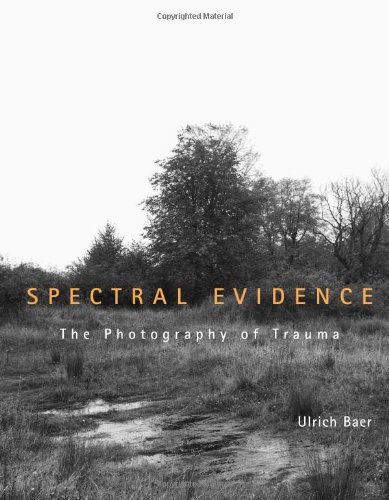

Most ebook files are in PDF format, so you can easily read them using various software such as Foxit Reader or directly on the Google Chrome browser.
Some ebook files are released by publishers in other formats such as .awz, .mobi, .epub, .fb2, etc. You may need to install specific software to read these formats on mobile/PC, such as Calibre.
Please read the tutorial at this link. https://ebooknice.com/page/post?id=faq
We offer FREE conversion to the popular formats you request; however, this may take some time. Therefore, right after payment, please email us, and we will try to provide the service as quickly as possible.
For some exceptional file formats or broken links (if any), please refrain from opening any disputes. Instead, email us first, and we will try to assist within a maximum of 6 hours.
EbookNice Team

Status:
Available5.0
19 reviewsIn this remarkable contribution to photographic criticism and psychoanalytic literature, Ulrich Baer traces the hitherto overlooked connection between the experience of trauma and the photographic image. Instead of treating trauma as a photographic "theme," Baer examines the striking parallel between those moments arrested mechanically by photography and those arrested experientially by the traumatized psyche -- moments that bypass normal cognition and memory. Taking as points of departure Charcot's images of hysteria and Freud's suggestion that the unconscious is structured like a camera, Baer shows how the invention of photography and the emergence of the modern category of "trauma" intersect. Drawing on recent work in the field of trauma studies, he shows how experiences that are inherently split between their occurrence and their remembrance might register in and as photographic images.In light of contemporary discussions of recovered memories and the limits of representing such catastrophes as the Holocaust, Baer examines photographs of artistic, medical, and historical subjects from the perspective of witnessing rather than merely viewing. He shows how historicist approaches to photography paradoxically overlook precisely those cataclysmic experiences that define our age. The photograph's apparent immunity to time is seen as a call for a future response--a response that is prompted by the ghostly afterlife of every photograph's subject. In a moving discussion of a rare collection of color slides taken by a Nazi official in the Lodz ghetto, Baer makes us aware that it is the viewer's responsibility to account for the spectral evidence embedded in every image.